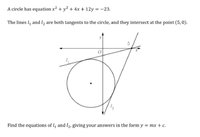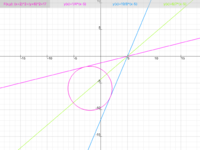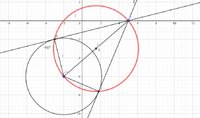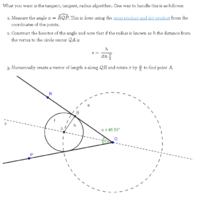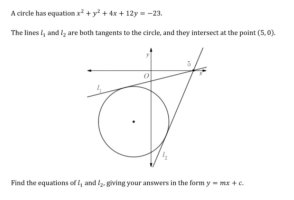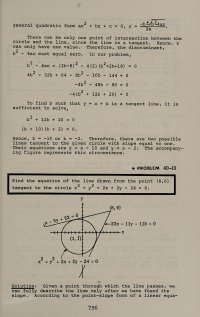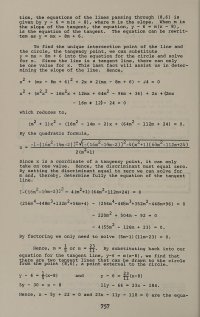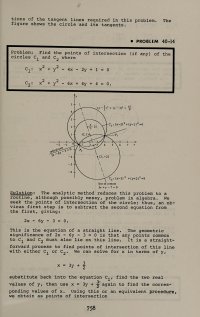Any thoughts on this question?
The standard way of doing it would be using the discriminant. So the equation of the line is y=m(x-5) and substituting this into the circle equation:

This needs tidying up:

And then using the discriminant, but the algebra gets horrendous and its meant to be an exam question for 16 year olds.

Is there something i am missing?
The standard way of doing it would be using the discriminant. So the equation of the line is y=m(x-5) and substituting this into the circle equation:
This needs tidying up:
And then using the discriminant, but the algebra gets horrendous and its meant to be an exam question for 16 year olds.
Is there something i am missing?

